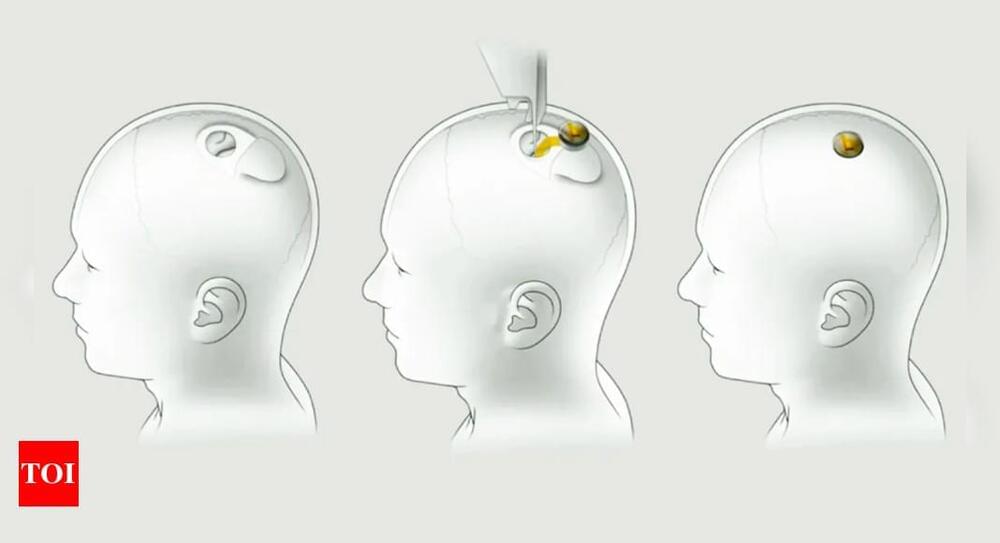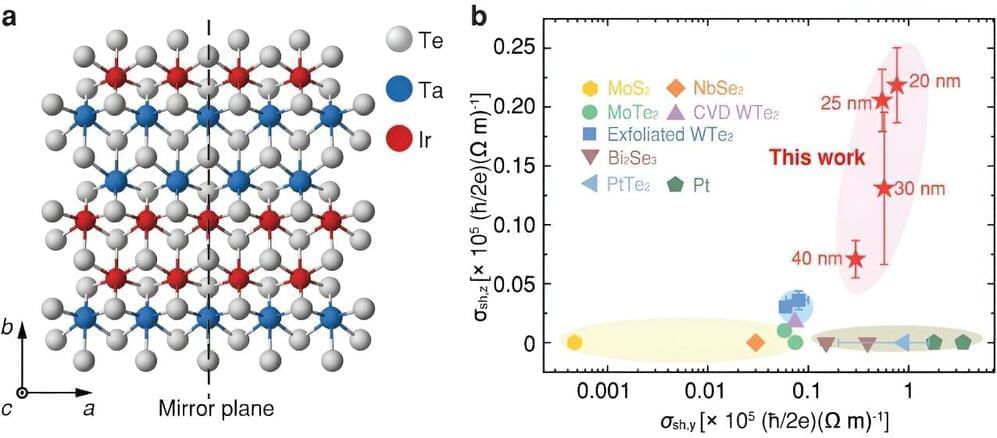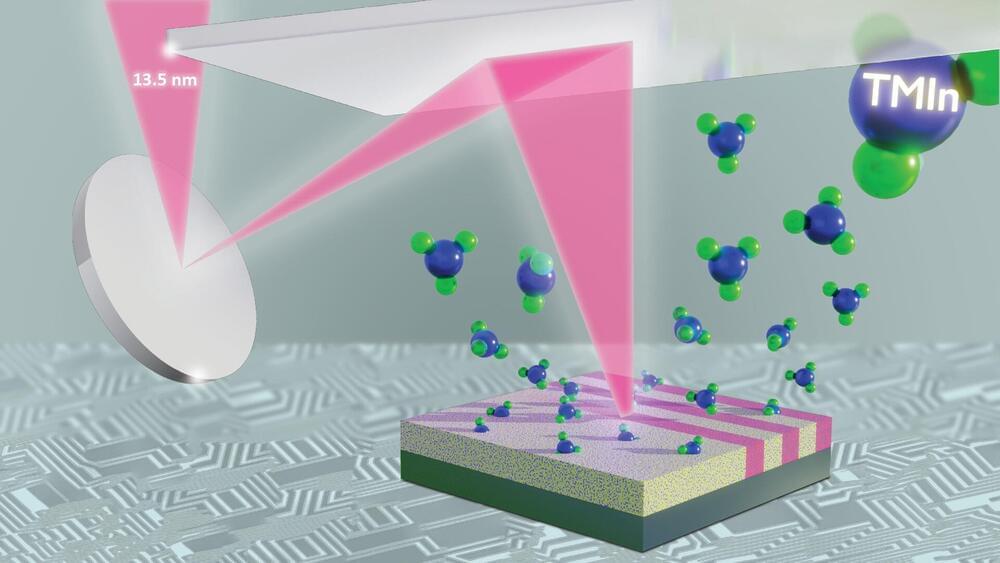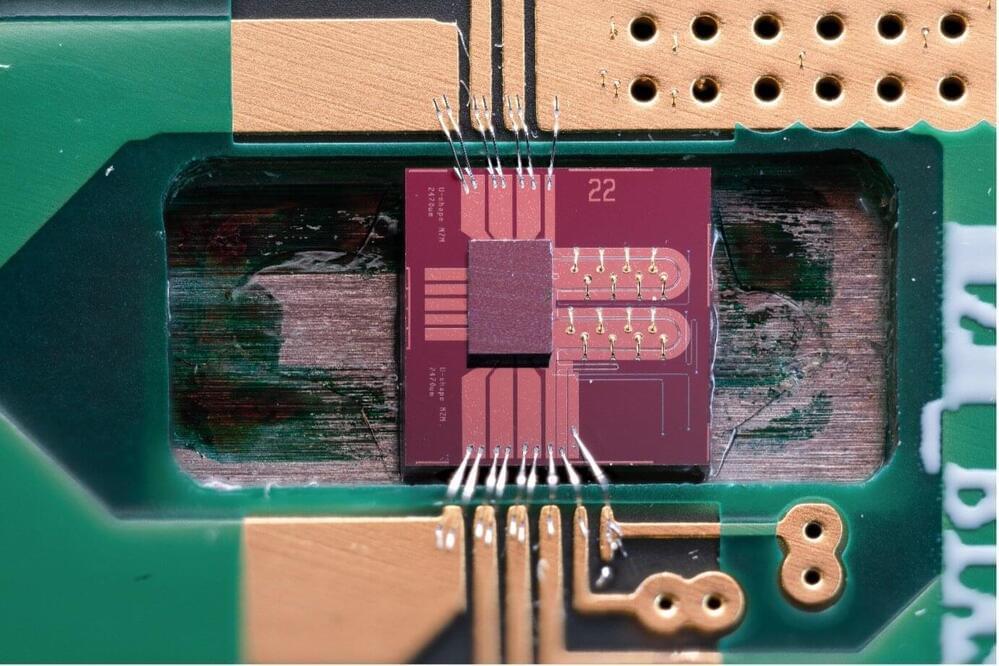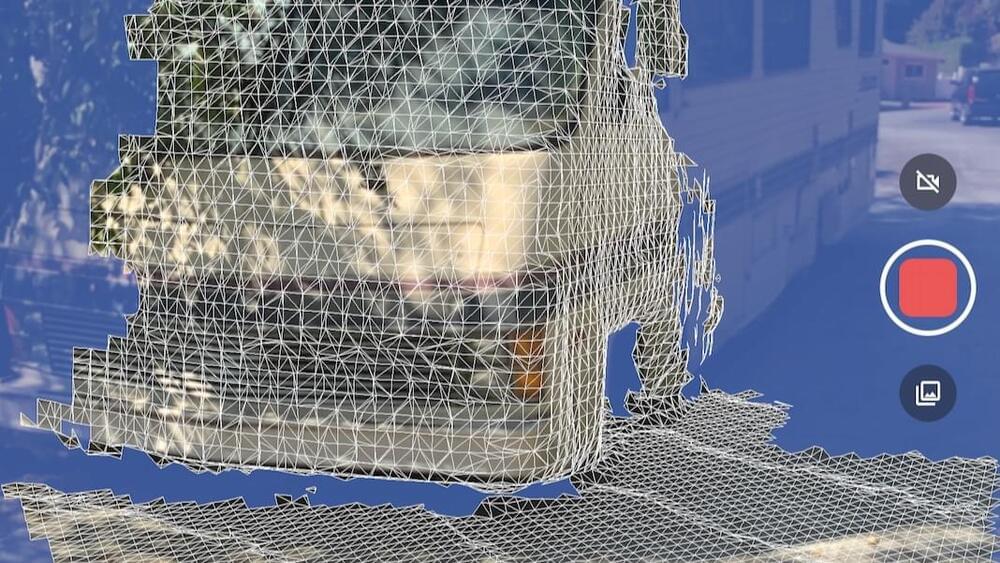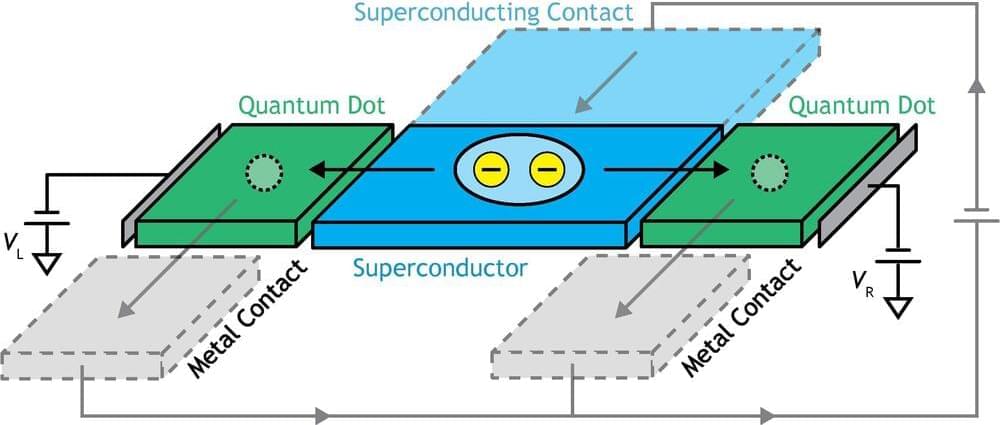Elon Musk’s Neuralink is looking for a volunteer for its first clinical trial of a brain implant chip. The trial, which begins next year, has attracted thousands of prospective patients. The ideal candidate must be an adult under 40 with all four limbs paralyzed. The procedure involves inserting electrodes and wires into the brain, with a small computer replacing part of the skull. The computer will collect and analyze brain activity, sending the data wirelessly to a nearby device. Neuralink aims to translate thoughts into computer commands. However, the company has faced criticism for animal testing practices.
